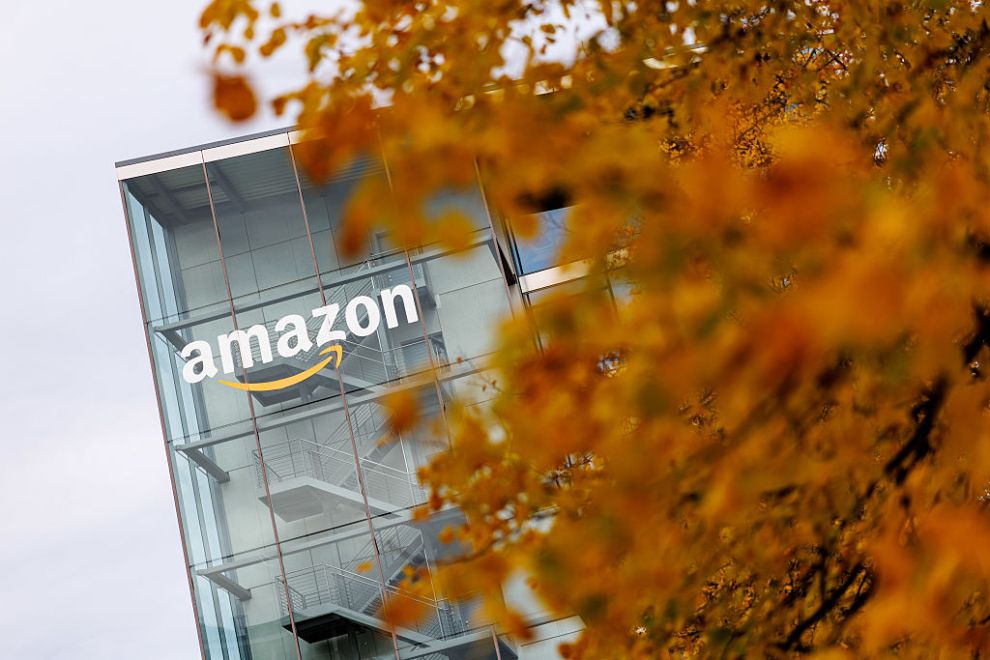Amazon.com Inc. is preparing to eliminate up to 30,000 corporate positions starting as early as Tuesday, according to multiple people familiar with the plan. This reduction would mark the largest job-cut round at the company since a previous wave of roughly 27,000 cuts beginning in late 2022.
The cuts are said to affect nearly 10 percent of Amazon’s corporate workforce, which is estimated at about 350,000, even though the company overall employs about 1.55 million globally. One insider described the mood inside Amazon as “on pins and needles” ahead of the notifications.
Why is Amazon Doing This Now?
The move comes as Amazon seeks to rein in costs and correct what the company sees as over-hiring during the pandemic era. Specifically, company officials signalled in June that increased deployment of artificial-intelligence tools would allow them to “need fewer people doing some of the jobs that are being done today.”
Analysts say that the plan reflects Amazon’s ambition to reduce layers of management and streamline its corporate operations. “This latest move signals that Amazon is likely realizing enough AI-driven productivity gains within corporate teams to support a substantial reduction in force,” said analyst Sky Canaves of eMarketer.
According to reports, divisions such as Human Resources (also called People Experience and Technology), devices and services, and operations are expected to be among those impacted. One earlier source indicated the HR/PXT unit could see cuts of “roughly 15 percent.”
Amazon did not immediately respond to requests for comment. Managers in affected areas reportedly were instructed Monday to complete training on how to communicate the change to their teams, ahead of email notifications set to go out on Tuesday.
Despite this corporate-level restructuring, Amazon plans to hire approximately 250,000 seasonal workers this year for the holiday period. The dichotomy—fewer corporate roles, more seasonal hiring—underscores the company’s dual focus on cost controls and its customer-facing logistics machine.
Amazon has also been investing heavily in cloud services, artificial-intelligence infrastructure and global expansion. Some of the capital spending is meant to drive long-term growth, even as short-term expenses are brought under control.
The size of this reduction puts Amazon among the largest private-sector employers to undertake such a sweeping corporate cut in recent years. It also highlights how technology companies are integrating automation and artificial intelligence at scale, and adjusting staffing accordingly.
Workers inside Amazon’s corporate operations now face heightened uncertainty. As CEO Andy Jassy has warned, “we will need fewer people doing some of the jobs that are being done today, and more people doing other types of jobs.”
The exact timeline and final head-count remain fluid, and the figure of “up to 30,000” could change depending on business priorities in the coming months.

